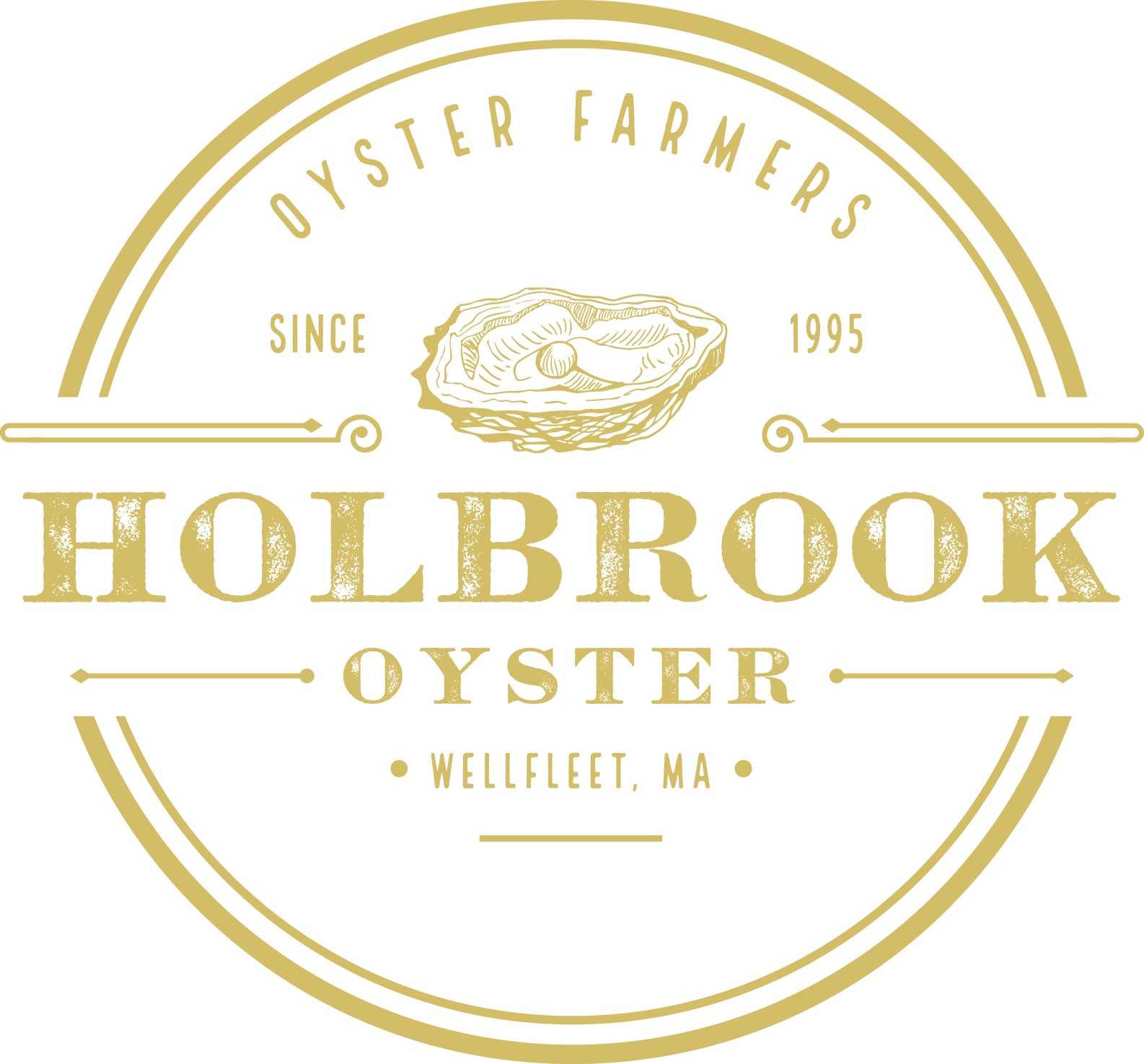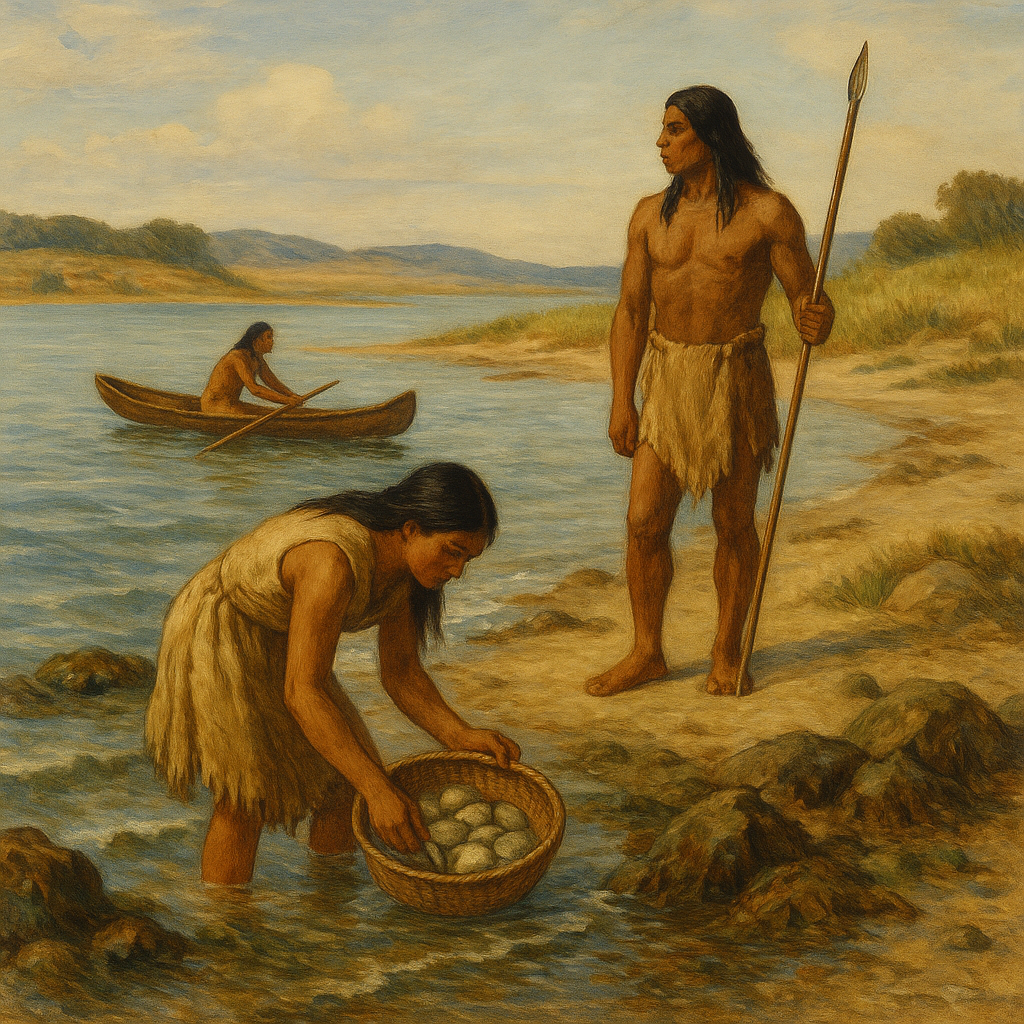The First People of the Outer Cape: Nauset, Pamet & Punonakanit Tribes of Wellfleet, Truro & Eastham
Before the towns, the lighthouses, or even the charts, this stretch of Cape Cod was home to the Nauset people—part of the larger Wampanoag Nation. For thousands of years, they lived with the tide and the seasons, knowing every bend in the shoreline, every shifting sandbar, every shellfish bed by heart.
In Eastham, the heart of the Nauset territory, villages flourished along the harbor and salt ponds. Truro, known to the Wampanoag as Pamet or Payomet, was home to the Pamet band, whose lives revolved around the river that still carries their name. Wellfleet was the land of the Punonakanit people, whose marshes, shellfish beds, and forested uplands sustained them year-round.
Life With the Land and Sea
Each community lived in rhythm with nature’s calendar. Summer meant moving closer to the coast, where fishing, shellfishing, and hunting seabirds were part of daily life. Winter brought families inland to sheltered woodlands, where food stored from warmer months sustained them until spring.
Salt marsh hay, berries, oysters, and migratory fish were more than resources—they were threads in the fabric of life here. Every season carried its own abundance, and each was met with skill, respect, and gratitude.
Deep Roots in the Outer Cape
The names that still mark our maps—Pamet, Nauset, Indian Neck—are more than just words; they’re echoes of a language and culture deeply tied to this place. Artifacts like stone tools, pottery, and shell middens still surface along the shoreline, quiet reminders that this land has been lived in and cared for far longer than our modern towns have existed.
A Living Legacy
While the Nauset, Pamet, and Punonakanit are no longer here in large numbers as distinct tribes, their descendants remain within the broader Wampanoag community. The Mashpee Wampanoag Tribe continues to honor and protect the traditions, stories, and knowledge passed down through generations.
Their connection to the Outer Cape is not just history—it’s alive in the water, the sand, and the salt air.
And when the tide pulls back at sunset, it whispers the same names it has carried for a thousand years.

